12 Horror Soundtracks That Still Send Shivers Down Your Spine
Music has always played a powerful role in building fear and suspense on screen. A single note or eerie melody can make even the calmest viewer uneasy. Some horror scores have become just as famous as the films themselves. They linger long after the final scene fades, haunting the imagination. Get ready to revisit some of the most chilling soundtracks that have defined the genre.
This post may contain affiliate links, which helps keep this content free. Please read our disclosure for more info.
Halloween (1978) by John Carpenter
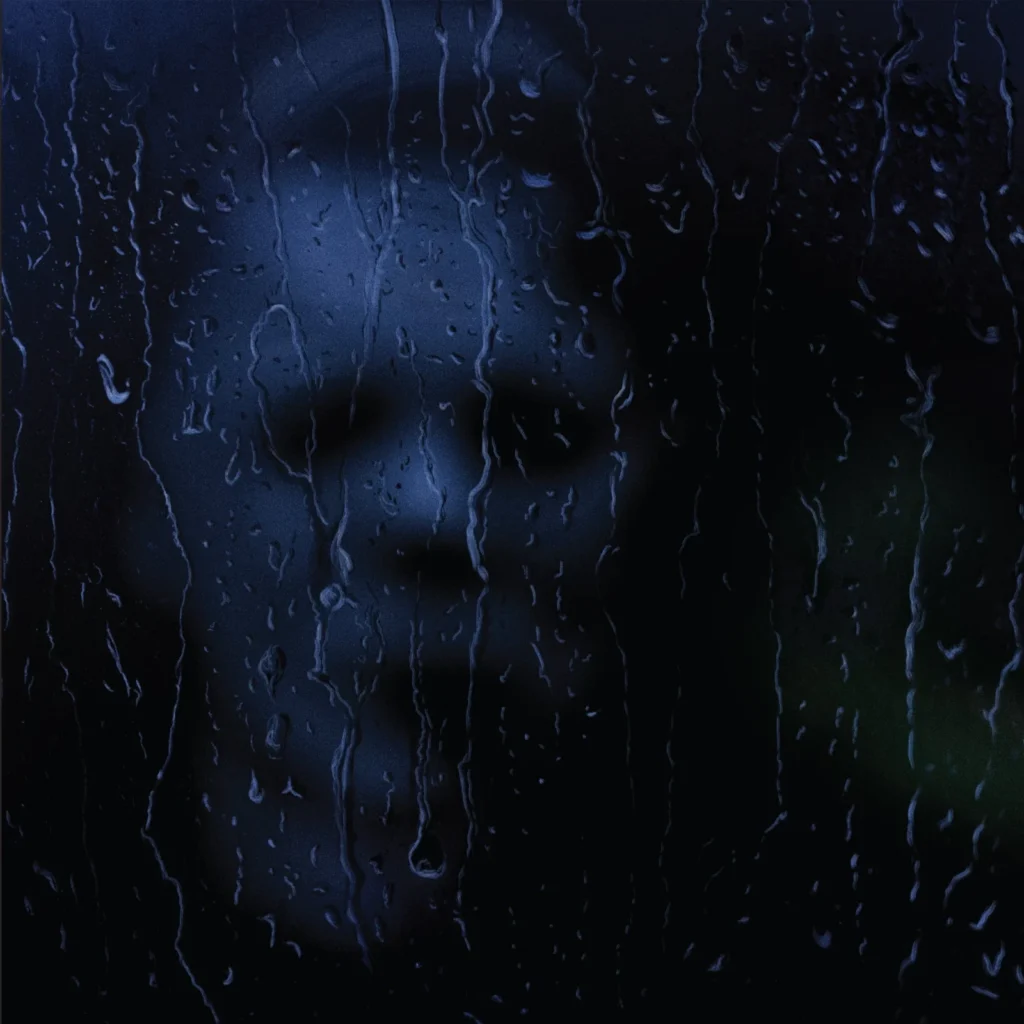
Few horror themes are as instantly recognizable as John Carpenter’s score for Halloween. The minimalist piano melody builds tension with every note, creating a sense of unease that never fades. Carpenter composed the soundtrack himself, relying on simple repetition and sharp timing to keep audiences on edge. The music became a symbol of pure fear and has influenced countless horror films since its release.
The haunting rhythm mirrors Michael Myers’ slow and deliberate movements throughout the movie. Even without visuals, the score can stir anxiety and anticipation. Its simplicity is what makes it unforgettable, using space and silence to intensify dread. This soundtrack remains one of the most defining pieces of horror music ever created.
Psycho (1960) by Bernard Herrmann
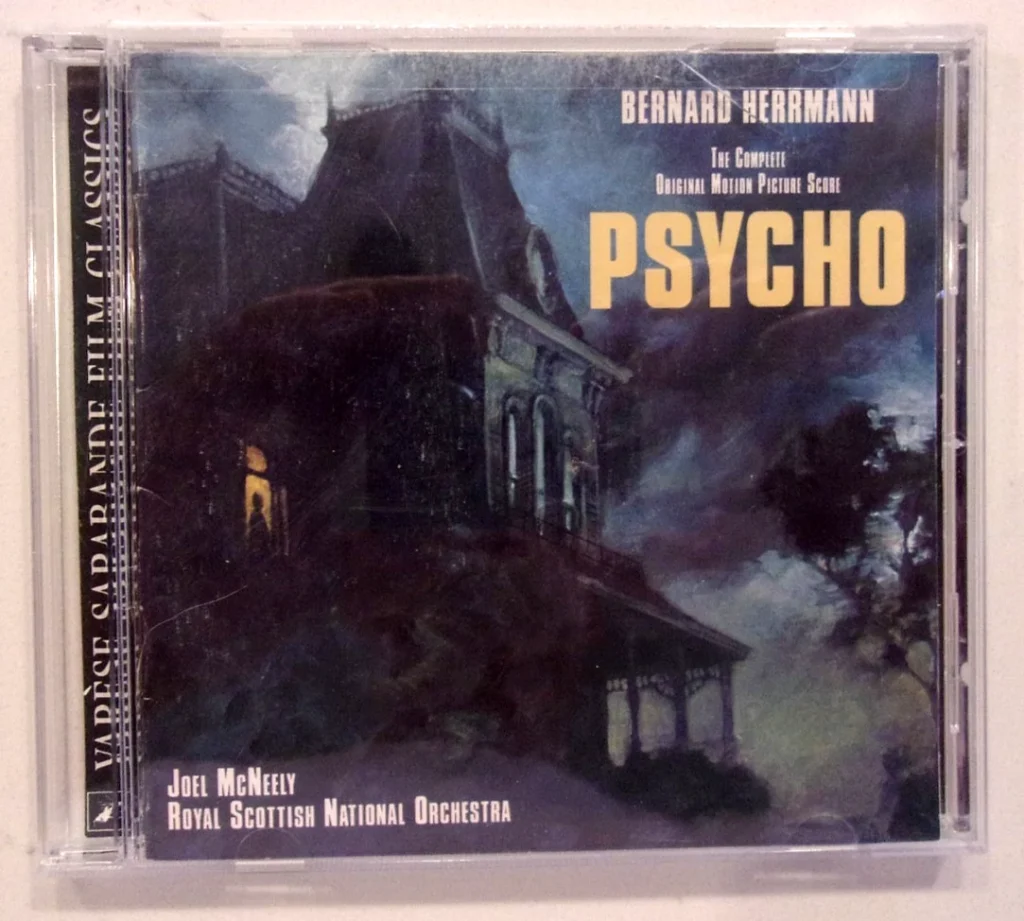
Bernard Herrmann’s score for Psycho changed how audiences experienced fear in film. The sharp, shrieking violins in the shower scene became a lasting piece of horror history. Herrmann used only string instruments to build tension and panic, giving the movie its raw intensity. The music plays a crucial role in driving suspense even before the violence begins.
The piercing sound became synonymous with shock and danger. Herrmann’s work elevated Alfred Hitchcock’s vision, making each scene feel psychologically charged. The theme reflects both madness and precision, fitting Norman Bates perfectly. Decades later, the Psycho score still feels chillingly fresh and nerve-racking.
Jaws (1975) by John Williams
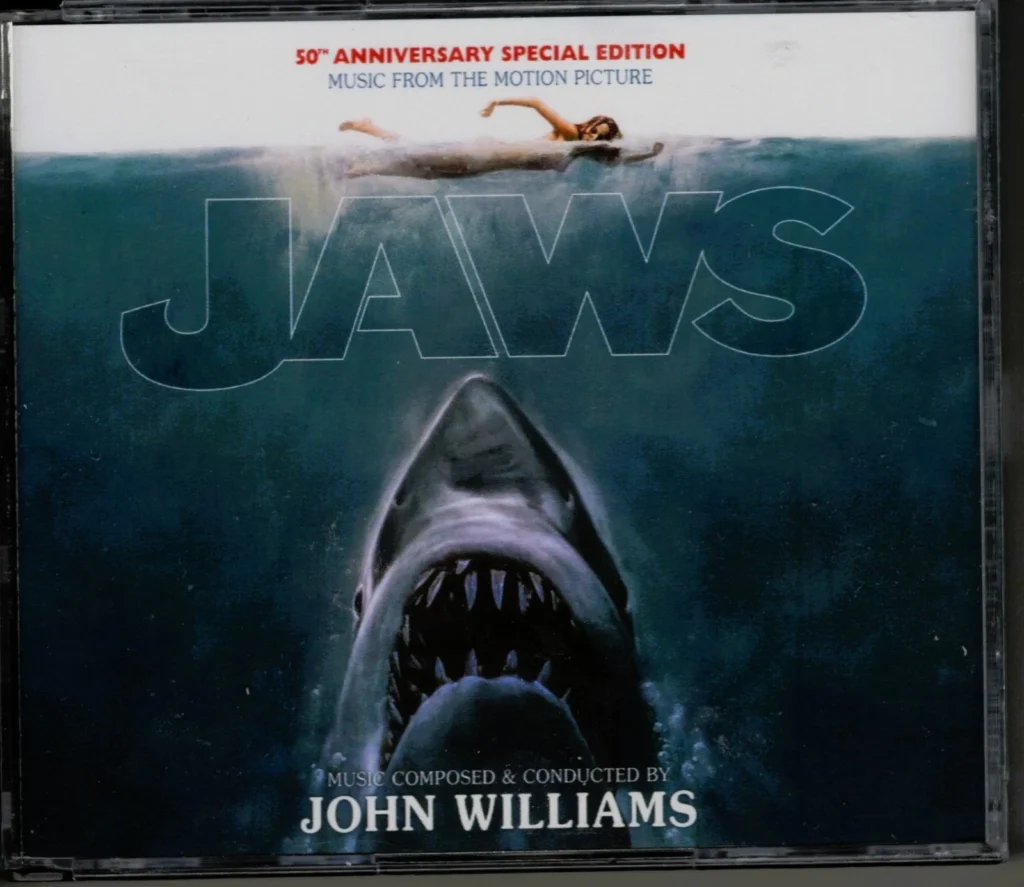
John Williams’ Jaws theme proves that two alternating notes can create pure terror. The low, rumbling rhythm signals danger before the shark even appears on screen. Williams used suspense through repetition, letting the audience’s imagination do the rest. The score turned the unseen threat into something that felt alive and unstoppable.
This minimalist composition reshaped how music could control fear. The buildup of tension makes every quiet moment feel dangerous. It shows how sound can manipulate the viewer’s heartbeat and breathing. Jaws remains one of the greatest examples of fear through music.
Suspiria (1977) by Goblin
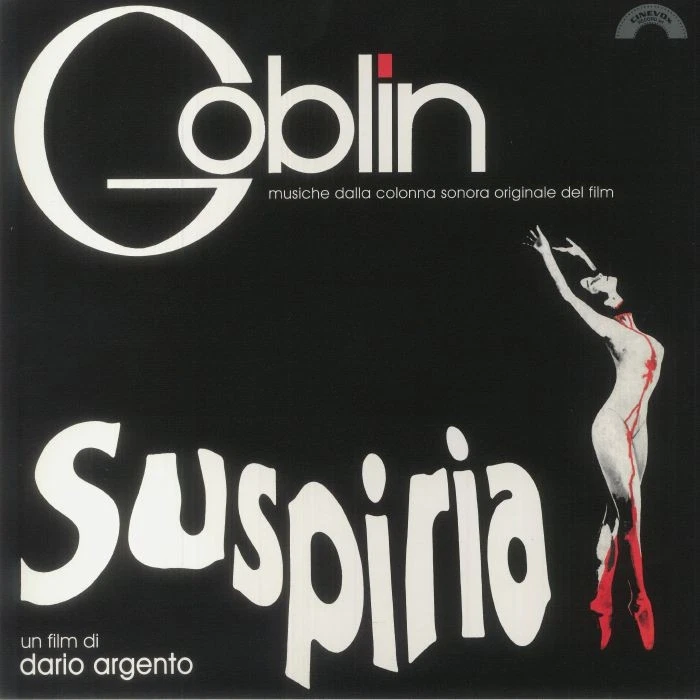
The Italian progressive rock band Goblin delivered one of horror’s most unsettling soundtracks in Suspiria. The mix of whispers, bells, and hypnotic rhythms creates an otherworldly tone. The music feels chaotic and dreamlike, matching the film’s supernatural imagery. Director Dario Argento worked closely with the band to weave sound directly into the storytelling.
Each track sounds alive, with strange chants and distorted instruments building constant tension. The unsettling layers of sound make viewers feel trapped in the film’s nightmare world. It blurs the line between music and noise in a way that feels dangerous. Suspiria remains a standout example of experimental horror scoring.
The Shining (1980) by Wendy Carlos and Rachel Elkind
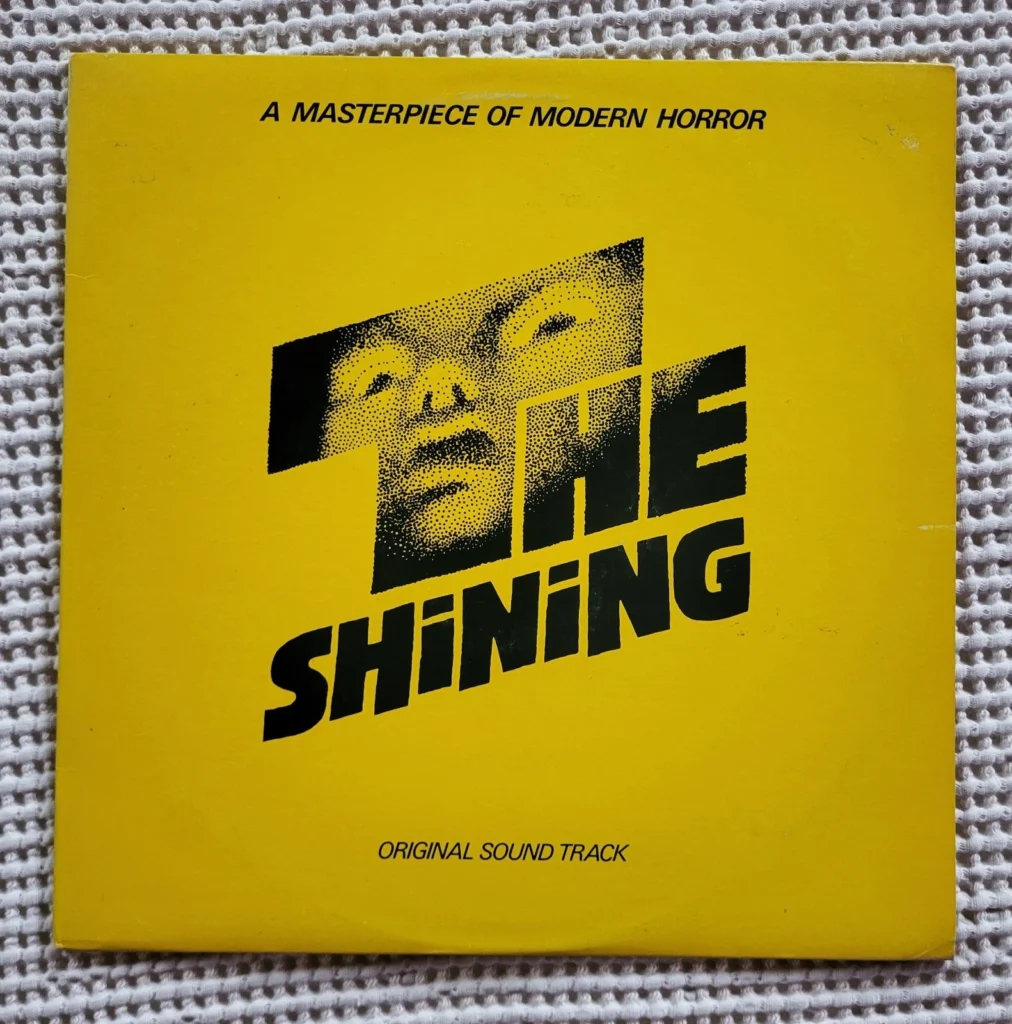
Wendy Carlos and Rachel Elkind’s score for The Shining blends electronic tones with classical influences. The result is a chilling and unearthly atmosphere that mirrors the Overlook Hotel’s isolation. The music never feels safe, moving between slow dread and sudden bursts of terror. Each note enhances the feeling of psychological collapse.
The eerie tones echo through long hallways and empty rooms. They make even still moments feel heavy with unseen presence. The composers’ work builds a mood of unease that never lets go. It perfectly reflects Jack Torrance’s gradual descent into madness.
The Omen (1976) by Jerry Goldsmith
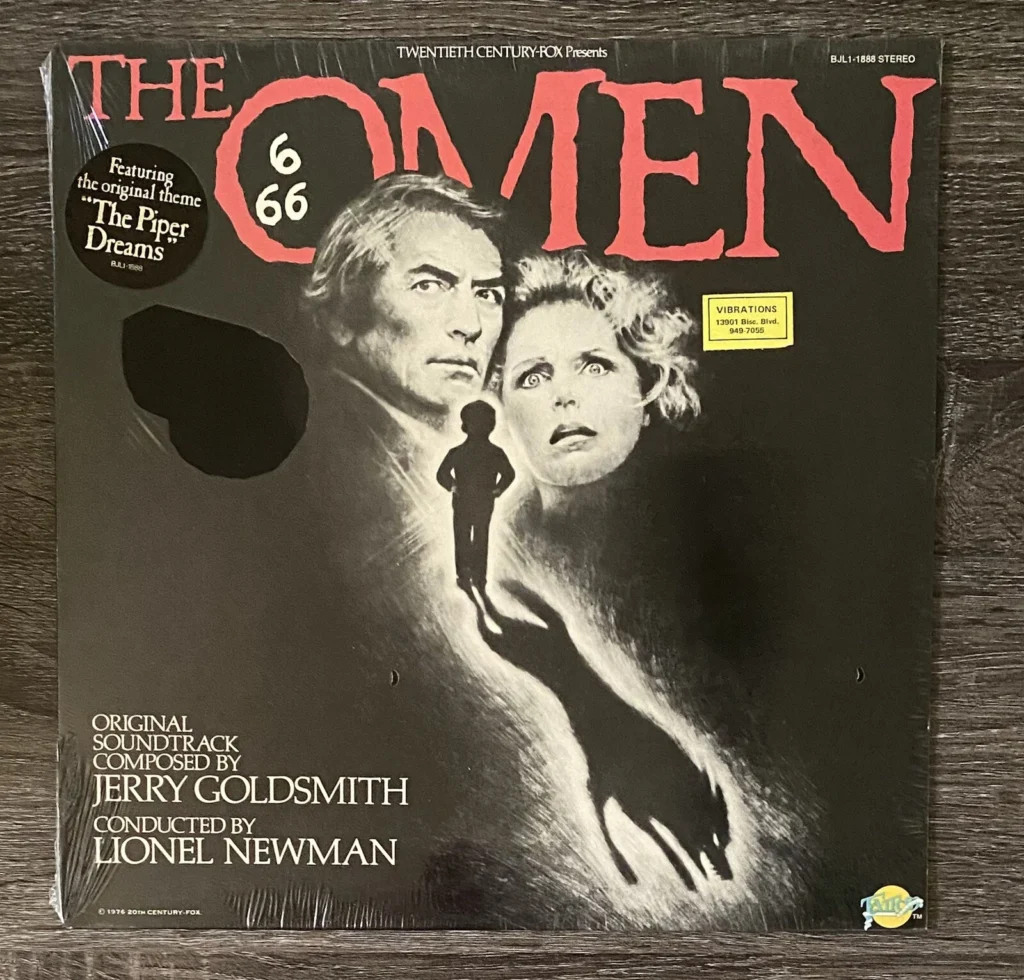
Jerry Goldsmith’s score for The Omen earned him an Academy Award, and it is easy to understand why. The chilling choral arrangement “Ave Satani” gives the film a sense of dark ceremony. Latin chants combined with orchestral power make the music feel sacred yet evil. The soundtrack set a new standard for religious horror.
The voices sound both holy and threatening, symbolizing the Antichrist’s rise. Goldsmith’s use of choir and strings heightens the story’s tension. Each cue feels like a warning of what is to come. It remains one of the most sinister and respected horror scores in film history.
The Texas Chain Saw Massacre (1974) by Tobe Hooper and Wayne Bell
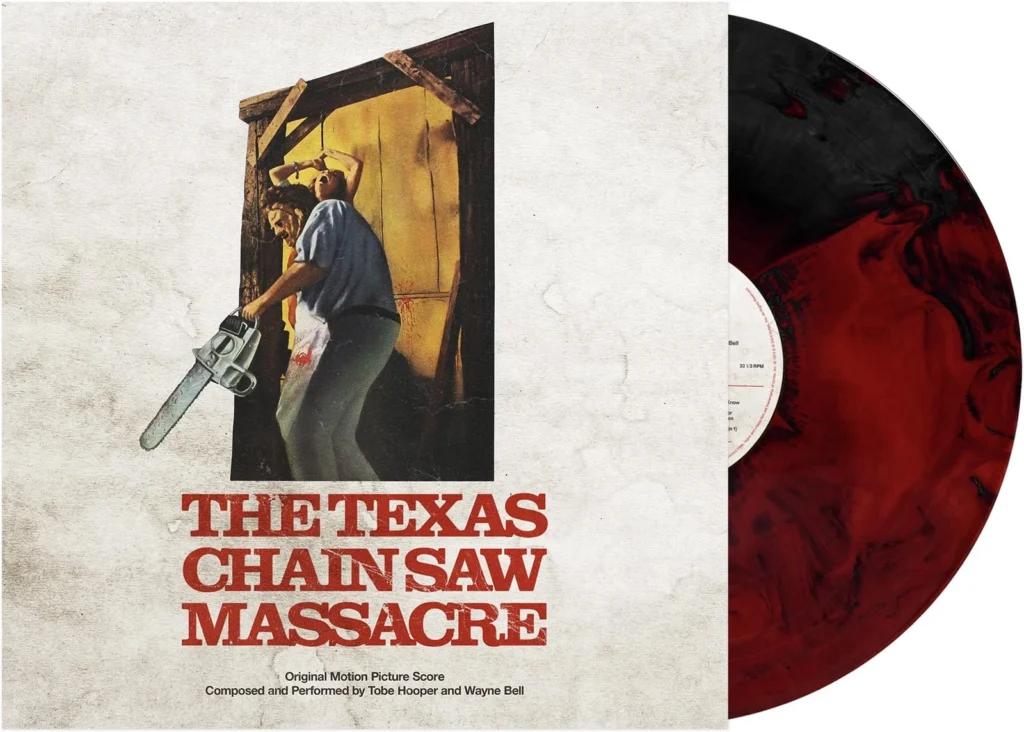
Rather than traditional music, The Texas Chain Saw Massacre uses disturbing sounds and noise to unsettle viewers. Tobe Hooper and Wayne Bell created an industrial nightmare of metallic screeches and low drones. The chaotic soundscape mirrors the film’s raw and violent nature. It feels less like music and more like the sound of madness itself.
This experimental choice made the movie feel real and unpredictable. The absence of melody draws the audience deeper into fear. Every sound seems designed to make the skin crawl. The score changed how horror films used noise to build discomfort.
Candyman (1992) by Philip Glass
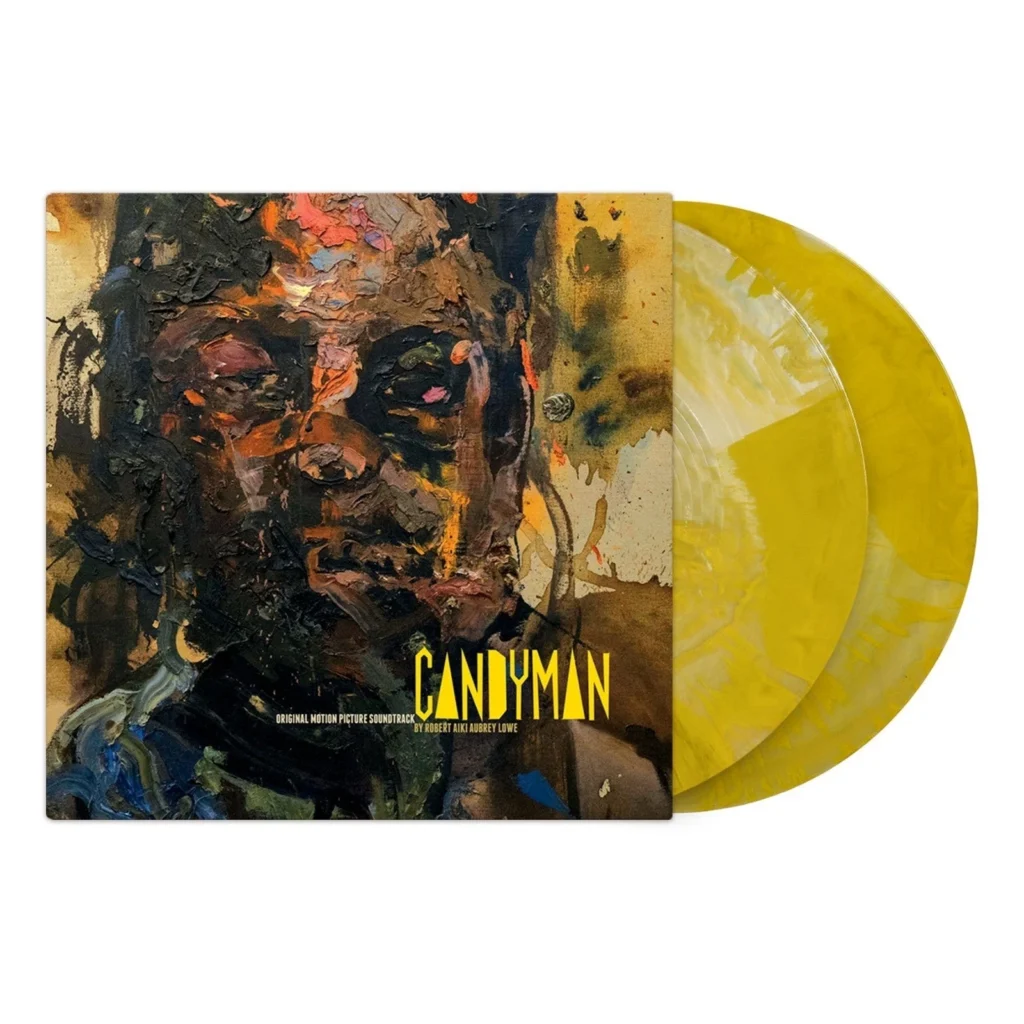
Philip Glass composed a hauntingly beautiful score for Candyman, blending gothic piano and choral harmonies. The soundtrack gives the urban legend story a tragic and almost poetic feeling. Its music contrasts with the brutality on screen, adding emotional depth. The theme lingers long after the movie ends.
Glass’s minimalist style creates an eerie rhythm that grows with the story. The haunting choir gives the legend of Candyman a mythic weight. This combination of sorrow and fear made the film stand out from other horror releases. The soundtrack remains one of the most elegant examples of horror music.
Hereditary (2018) by Colin Stetson
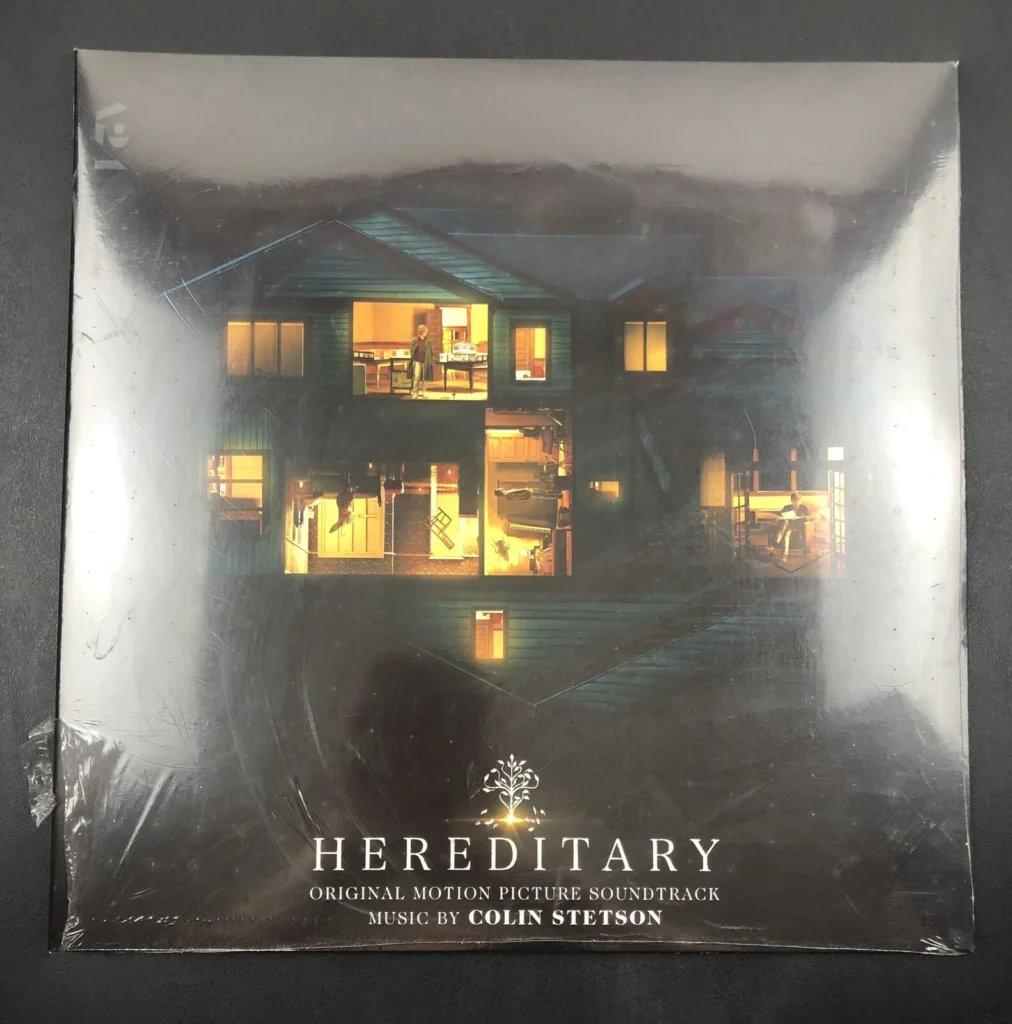
Colin Stetson’s Hereditary score is unsettling from the first note. His use of deep brass and distorted woodwinds builds a sense of invisible dread. The soundtrack feels heavy and emotional, perfectly reflecting the film’s themes of grief and doom. Each sound seems to grow darker as the story unfolds.
The music moves between slow tension and chaotic bursts of noise. It captures the overwhelming sense of loss that defines the movie. Stetson’s unusual use of instruments adds layers of discomfort. The result is a score that feels alive and terrifying.
It Follows (2014) by Disasterpeace
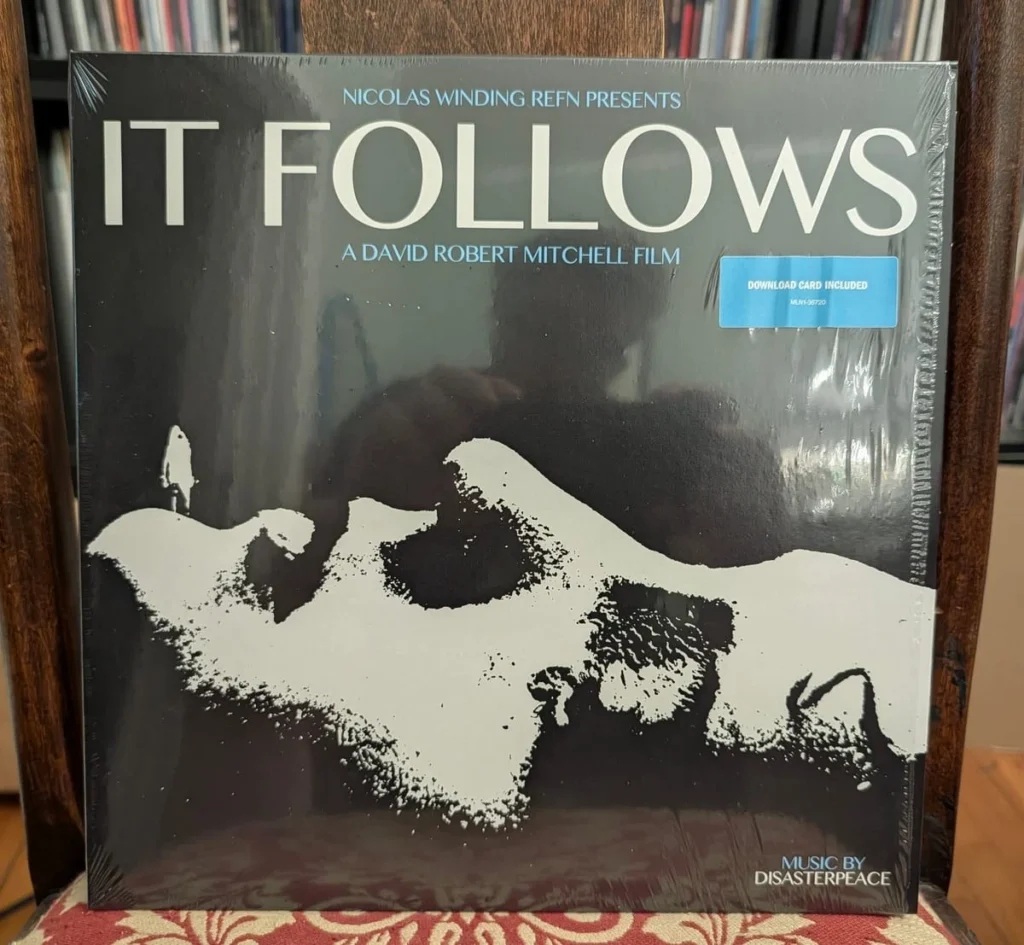
Disasterpeace’s It Follows soundtrack is a throwback to 1980s horror synth music. The electronic sound pulses with tension, giving the slow-moving curse a sense of unstoppable dread. The composer used repetition to build anxiety, reflecting how the danger never stops. The music adds modern polish while keeping a nostalgic feel.
Each track creates an atmosphere that blends fear with melancholy. The sound complements the film’s pacing and visual style. It captures the idea of fear that cannot be escaped or reasoned with. The score helped define a new era of indie horror soundtracks.
The Thing (1982) by Ennio Morricone
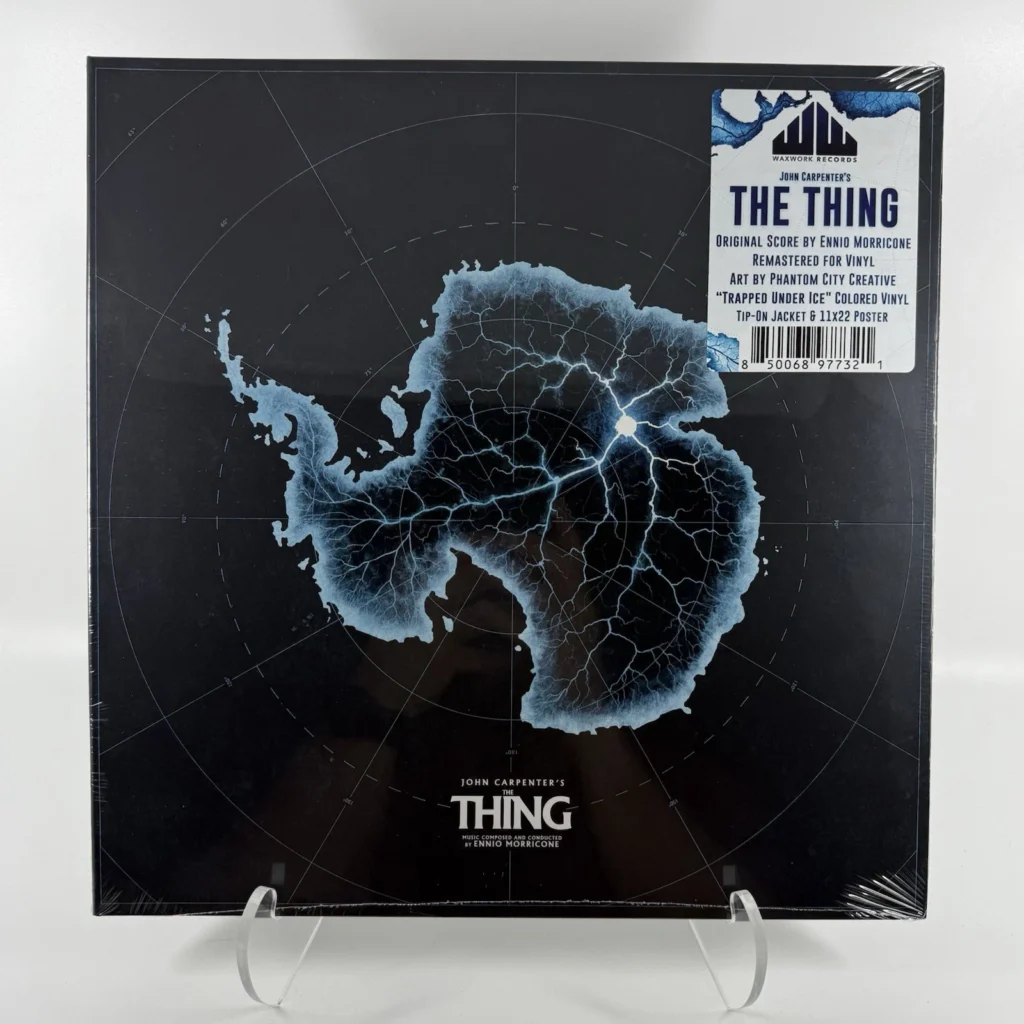
Ennio Morricone’s score for The Thing mixes cold minimalism with deep unease. The slow, pulsing beat matches the paranoia spreading among the characters. His restrained use of music allows silence to play a role in the suspense. The soundtrack mirrors the isolation and distrust at the core of the film.
Each cue feels distant, like the sound of something hidden in the dark. The simplicity of the main theme builds tension without needing excess. Morricone’s music gives the film a bleak and haunting identity. It remains one of his most chilling works.
The Conjuring (2013) by Joseph Bishara
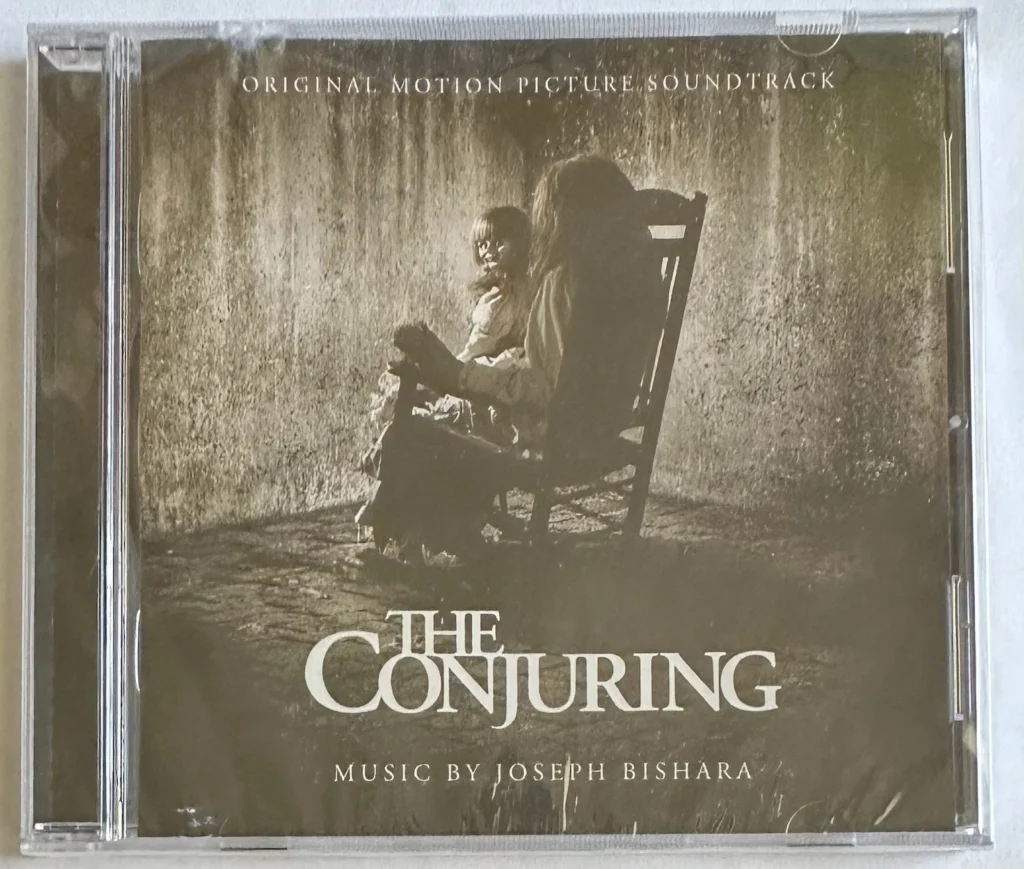
Joseph Bishara’s The Conjuring score relies on dissonant strings and sudden bursts of sound. It creates a sense of constant danger that mirrors the film’s supernatural chaos. The composer used unpredictable rhythms to keep viewers uneasy. Each scene feels surrounded by unseen forces.
Bishara’s work stands out for its raw emotional energy. The soundtrack builds fear without relying on melody or repetition. It turns silence into a weapon, letting the viewer’s imagination fill in the horror. The result is music that feels alive, echoing long after the movie ends.
This article originally appeared on Avocadu.
